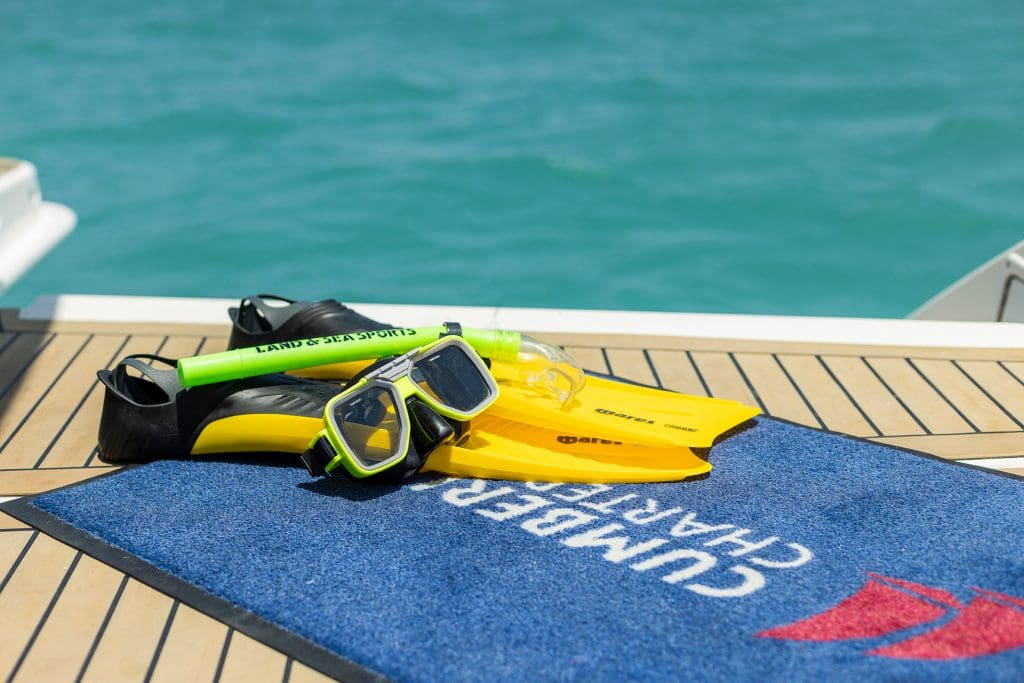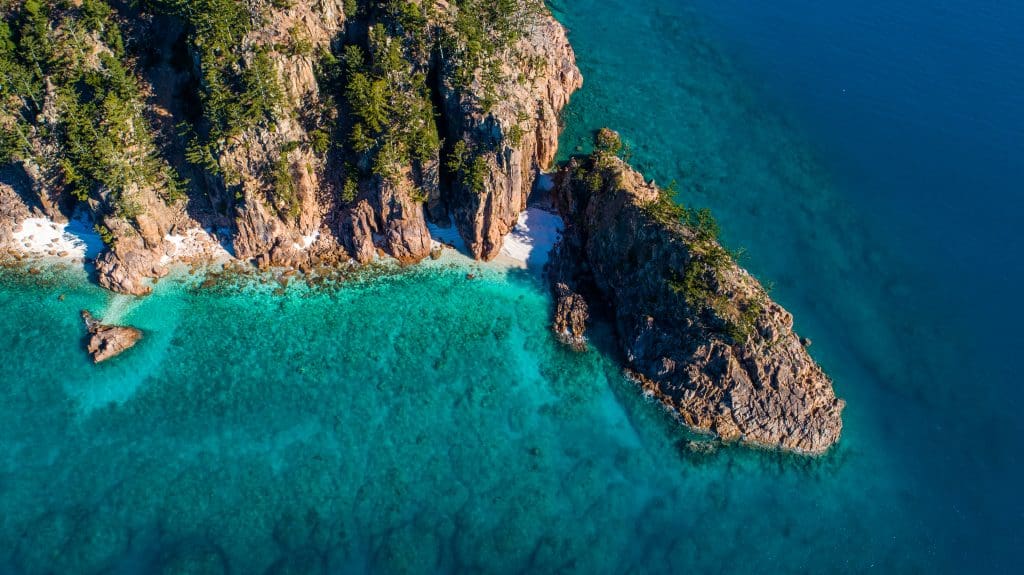Snorkelling on the Great Barrier Reef
The Great Barrier Reef offers some of the best snorkeling in the world. In the sheltered, shallow anchorages of the Whitsundays, you’ll find vibrant coral gardens teeming with fish and marine life. You might spot friendly turtles gliding past, a massive Hump Headed Maori Wrasse, or even tiny fish seeking shelter near you.
Listen Closely
Listen closely, and you’ll hear the crunching sounds of parrotfish nibbling on the reef—it’s like stepping into a fascinating underwater world. As you explore, you’ll be entertained by the daily rhythms of this thriving ecosystem.
Snorkelling Safety Tips
By following these guidelines, you’ll have a safe and enjoyable experience while preserving the reef for future visitors.
Swim in Pairs
Always swim with a buddy
Anchoring & Mooring Tecniques
Learn how to calculate chain to depth ratio and correct anchoring or mooring procedures
Local Area Knowledge
Insights into local history, wildlife, and cultural landmarks, enriching the cruising experience.
Teach Sailing Techniques
Learn the fundamentals of sailing
Snorkelling Equipment

Mask, fins and snorkel
Included
I
*A credit/debit card imprint is required upon collection in case of damage or loss.
Best Places to Snorkel

Snorkeling in the Whitsundays is an unforgettable experience, offering crystal-clear waters, vibrant coral gardens, and an abundance of marine life. From graceful turtles to colorful fish darting through the reef, every spot is a window into an underwater paradise. To find the best snorkelling locations, consult the onboard copy of 100 Magic Miles or ask your briefer for recommendations during your pre-departure briefing. Popular spots like Manta Ray Bay and Blue Pearl Bay are renowned for their marine diversity and stunning coral formations, making them must-visit destinations for snorkelers of all levels
Snorkelling Safety Tips
- Stay aware of your surroundings: Always keep an eye on your boat, the current, and the time. Swimming too far away may make it difficult to return against the current.
- Snorkel in pairs: Always snorkel with a buddy, and ensure someone remains on the boat to act as a lookout.
- Respect the reef: Avoid touching or standing on coral to prevent injuries and protect the delicate ecosystem.
- Medical considerations: Older adults or those with medical conditions should snorkel in supervised areas and use a flotation device for added safety.

